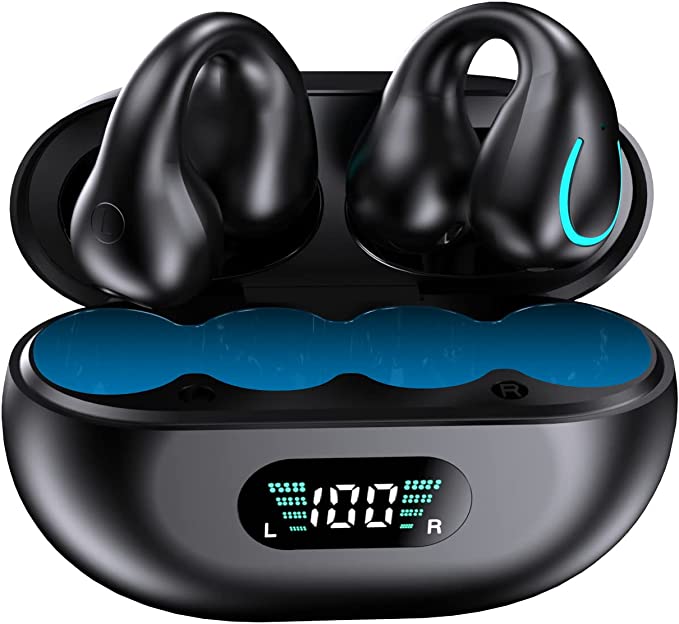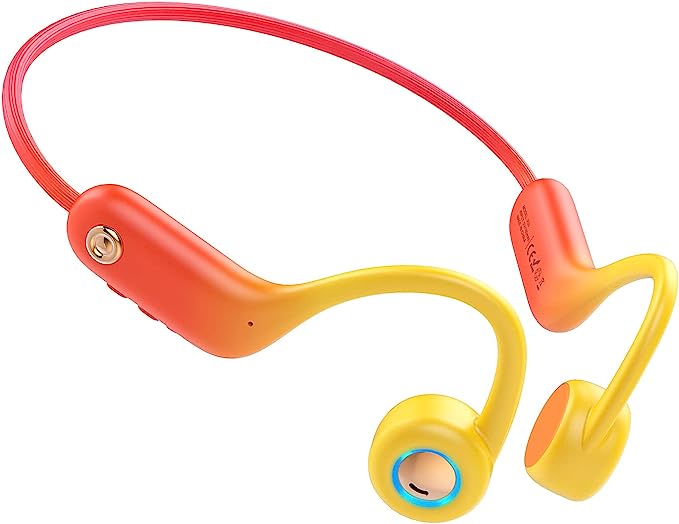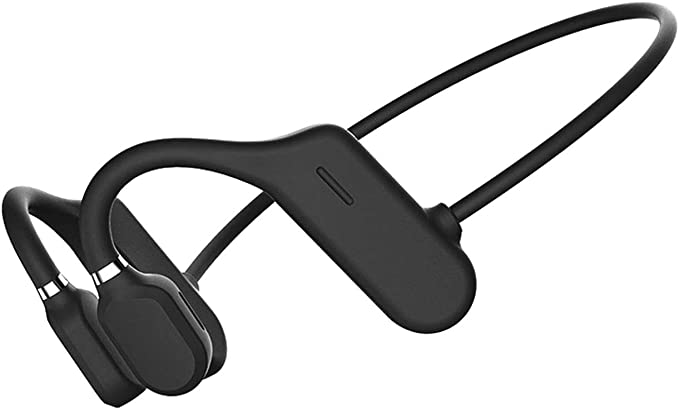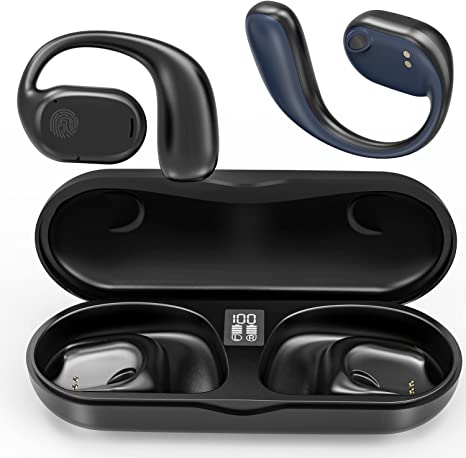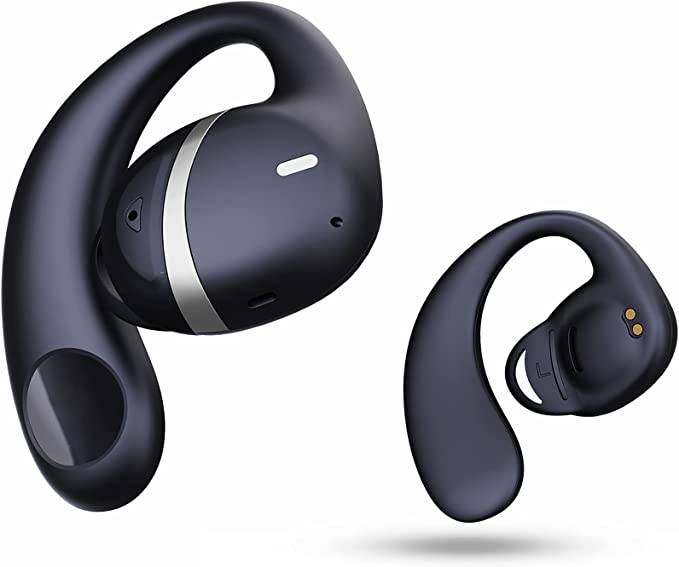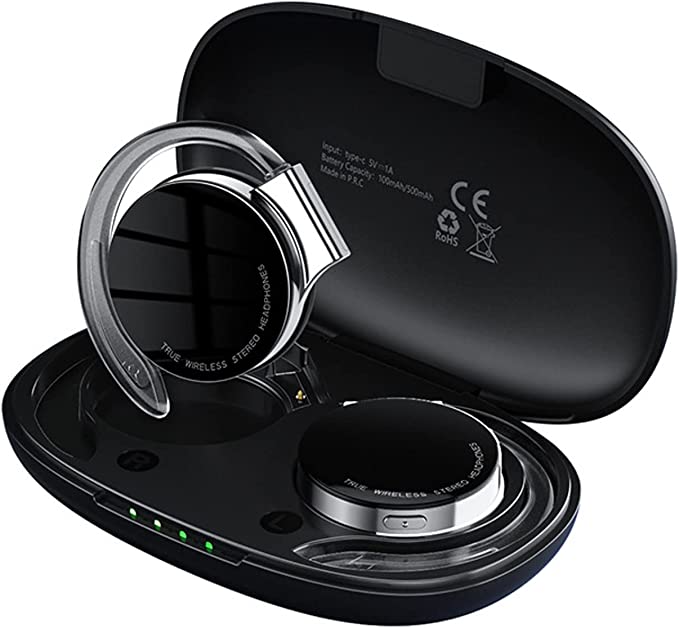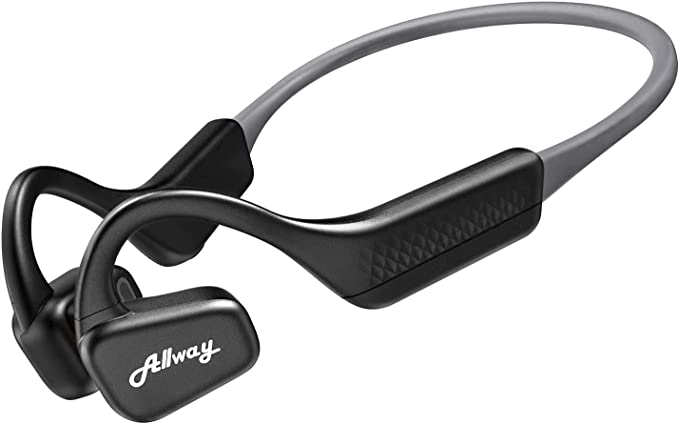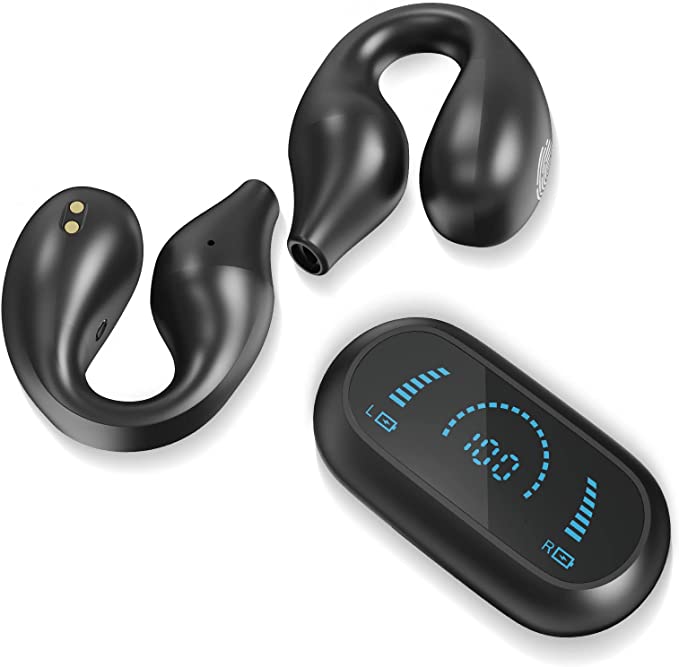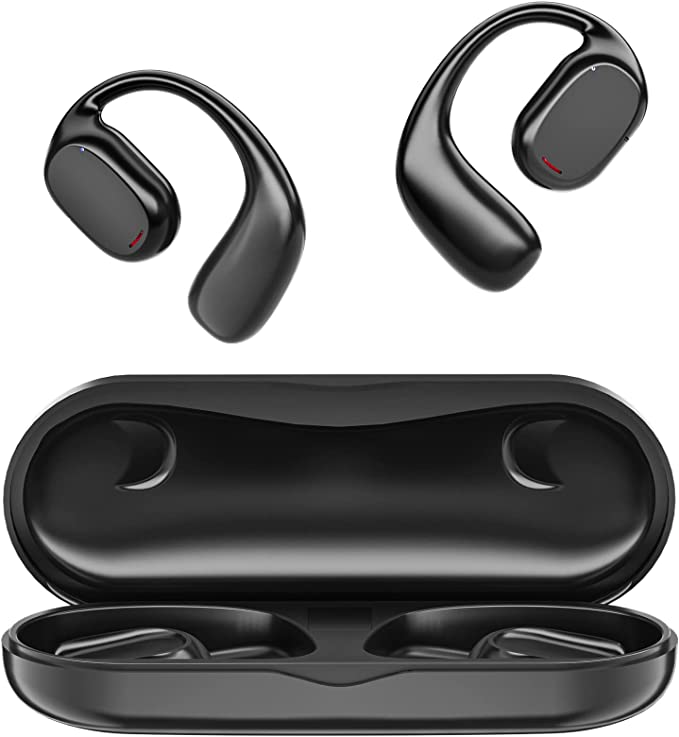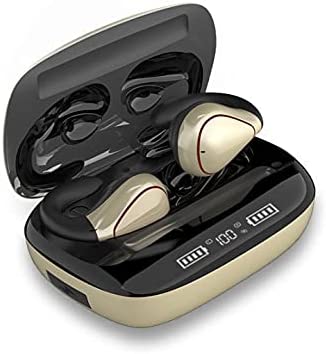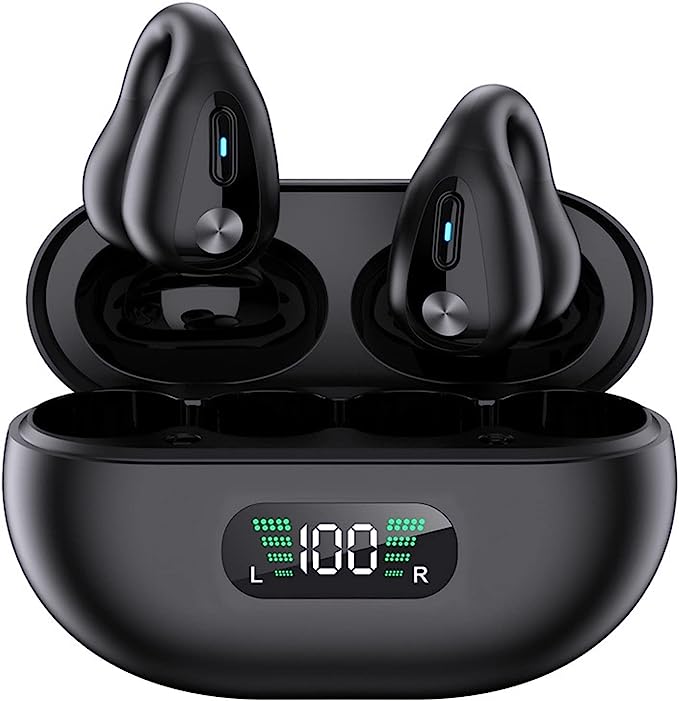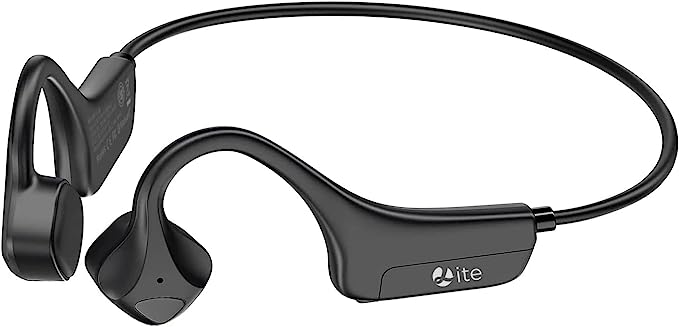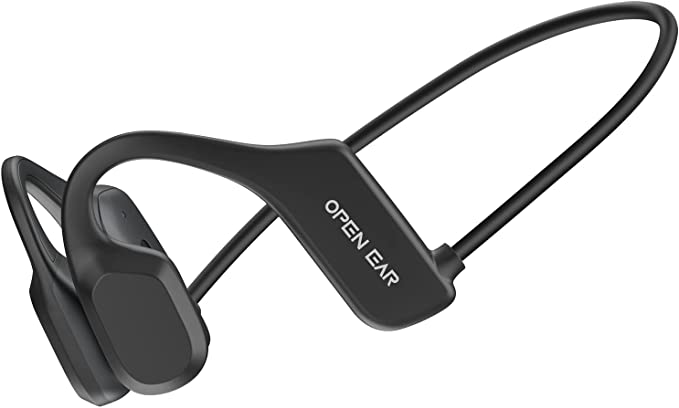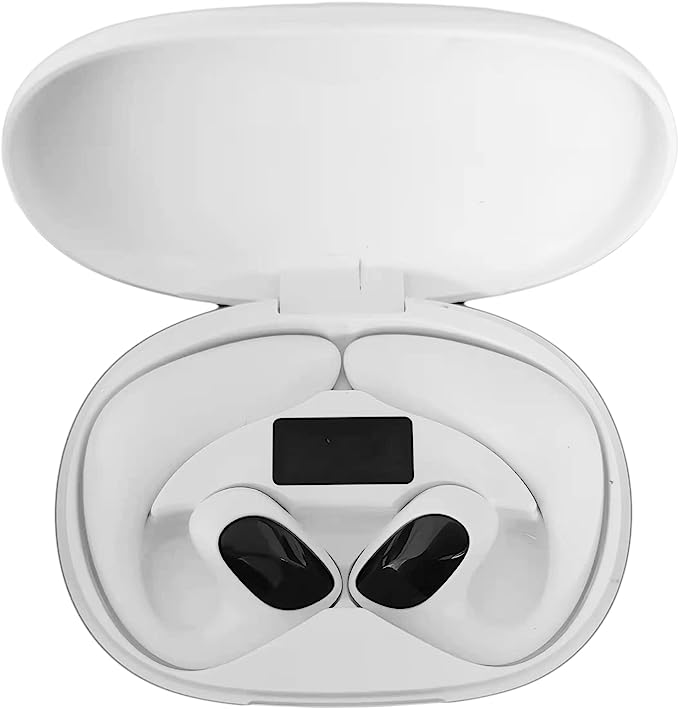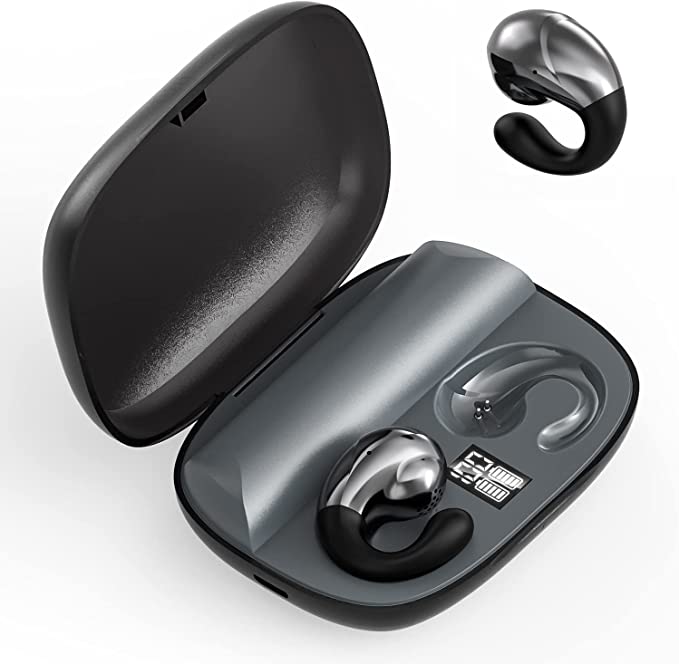ESSONIO Open Ear Headphones: Free Your Ears and Enjoy Supreme Comfort
Update on July 3, 2025, 3:15 a.m.
Picture it: 1985. A teenager sits on a bus, crowned with foam-padded headphones, tethered to the Sony Walkman in their jacket pocket. The world outside the window is silent, replaced by the raw energy of a cassette tape. This was more than music; it was a revolution. It was the birth of the personal acoustic bubble—a private, portable universe of sound. For decades, the entire trajectory of personal audio seemed aimed at perfecting this bubble: making it smaller, clearer, and more impervious. But in our relentless pursuit of perfect isolation, did we forget the value of the world we were trying to shut out?

The journey from the Walkman to the seamless magic of modern true wireless earbuds has been a masterclass in miniaturization and convenience. We’ve shed the hiss of tape, the skip of CDs, and finally, the tyranny of wires. Yet, the foundational goal remained largely the same: create a perfect seal against the outside world. This created its own set of problems. Anyone who has winced at the amplified, thudding sound of their own footsteps while jogging with in-ear buds—a phenomenon known as the stethoscope effect—knows this intimacy has a downside. We achieved sonic isolation, but at the cost of a subtle, yet profound, sense of disconnection.
Our modern lives, however, are demanding a new kind of presence. The urban cyclist navigating traffic, the remote worker listening for a package delivery, the parent keeping one ear on a playing child—we exist in a state of dynamic awareness. The need is no longer just to hear our audio, but to hear it within our world. This fundamental shift in need is fueling one of the most interesting developments in audio technology: open-ear listening. This philosophy, which seeks to deliver sound without plugging the ear canal, is primarily being explored through two distinct technical paths: bone conduction and the intriguing approach of air conduction.

Taking the ESSONIO Open Ear Headphones as a fascinating case study in air conduction, we can deconstruct how this new paradigm works. Unlike bone conduction, which sends vibrations through your skull, air conduction adheres to the natural way we hear. It uses a miniature, precisely aimed speaker that rests just outside the ear canal, creating a focused field of sound that travels through the air into your ear. The engineering challenge is to make this private sound field robust and clear without it dissipating into the environment.

This is achieved through a synergy of smart design choices. The heart of the system is a relatively large 0.629-inch (16mm) dynamic driver—essentially a tiny, powerful speaker cone engineered to move enough air to create rich sound without needing the amplification of a sealed ear canal. This driver is mounted on a frame equipped with a 180-degree rotatable ear hook. This isn’t just a comfort feature; it’s a nod to the principles of ergonomics, acknowledging that every ear is unique. It allows the device to be tailored to an individual’s anatomy, distributing its light weight evenly and ensuring stability without clamping. This entire system is then fortified with an IPX5 waterproof rating—a technical standard meaning it can shrug off sweat and rain—and connected to your device via the efficient and stable Bluetooth 5.3 protocol, which helps deliver its impressive claimed 12-hour continuous runtime.
But here, we arrive at the pivotal moment, the crux of the open-ear debate, neatly summarized in a single, honest user review of this very product: “Better than I expected but missed my Beats.” This sentiment is not a complaint; it is the most important data point of all. It reveals the fundamental trade-off at the heart of this technology. Why would someone miss the bass-heavy immersion of a traditional, sealed headphone?

The answer lies in a core principle of psychoacoustics: the Auditory Masking effect. Imagine trying to spot a faint star in the night sky right next to a full moon. The star hasn’t gone anywhere, but the brilliant light of the moon simply overwhelms your eyes’ ability to perceive it. In the same way, the constant, low-frequency rumble of a city bus or the chatter of a busy café can “mask” the subtler frequencies in your music, particularly the deep bass notes that require a lot of energy to reproduce. A sealed, in-ear headphone acts like an observatory, blocking out the “light pollution” of ambient sound. An open-ear headphone, by design, lets that ambient sound in.
Therefore, the perceived loss of bass is not an engineering flaw; it is a direct and predictable consequence of physics. You are consciously trading the bone-rattling kick drum for something else, something many are beginning to find invaluable: situational awareness. You are trading a fraction of sonic fidelity for the ability to hear a bicycle bell, a car horn, or a colleague calling your name.

This forces us to redefine what makes a headphone “good.” Perhaps the ultimate goal is not a perfect, hermetic seal from reality, but a seamless, intelligent integration with it. The value proposition of open-ear audio extends beyond mere physical safety. It speaks to a deeper psychological comfort—the peace of mind that comes from feeling connected, present, and aware. It’s the subtle-yet-significant difference between feeling like a tourist in your own life and feeling like a participant.

The journey of personal audio has been remarkable. We started by creating a private bubble to escape into. Now, we are learning how to make that bubble permeable, to craft a personal soundscape that complements our reality instead of replacing it. The rise of open-ear audio signals a maturation in our relationship with technology. It suggests a future where our devices don’t just vie for our attention, but actively help us manage it. The question on the horizon is no longer how to shut the world out, but how to intelligently let it in.




